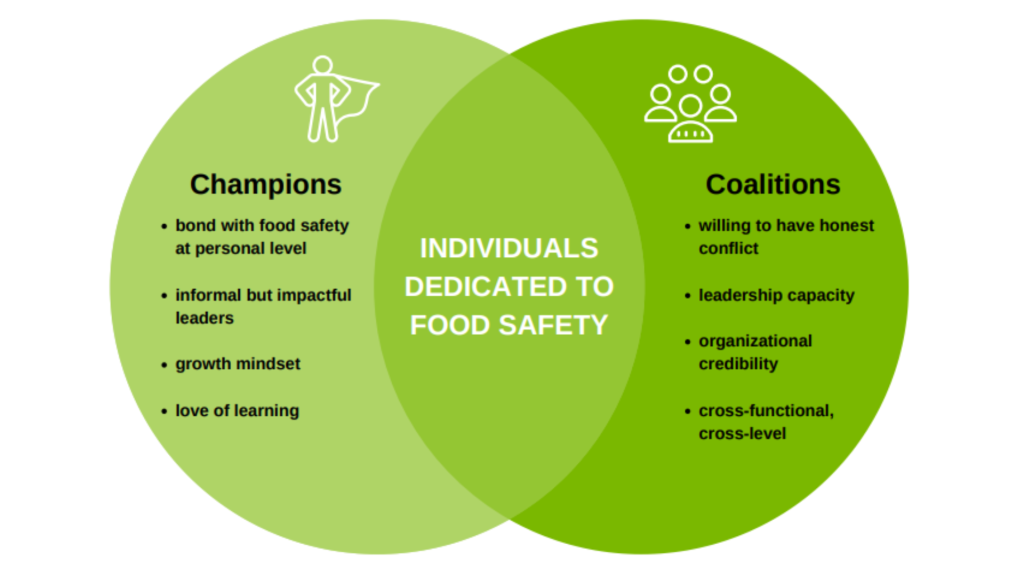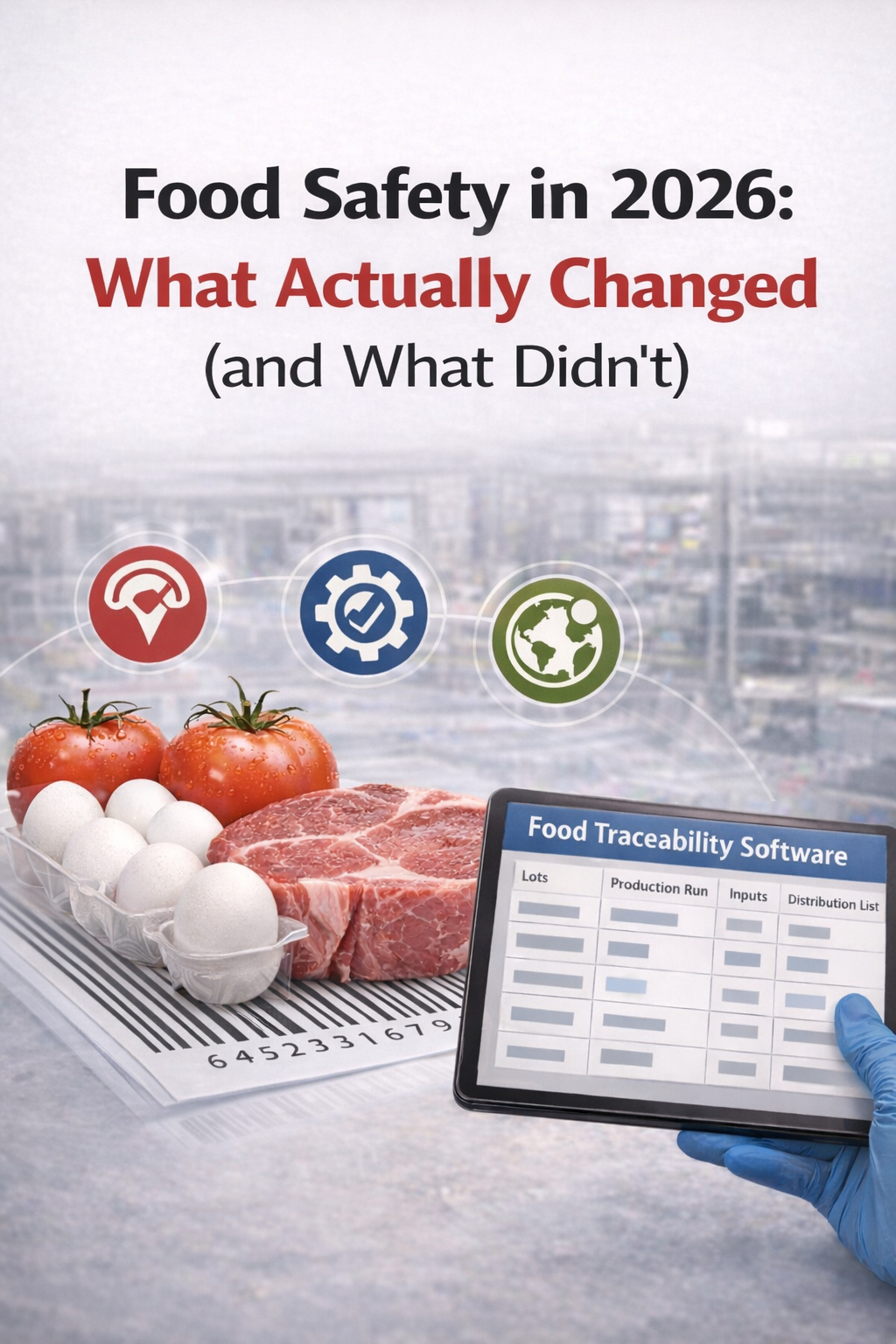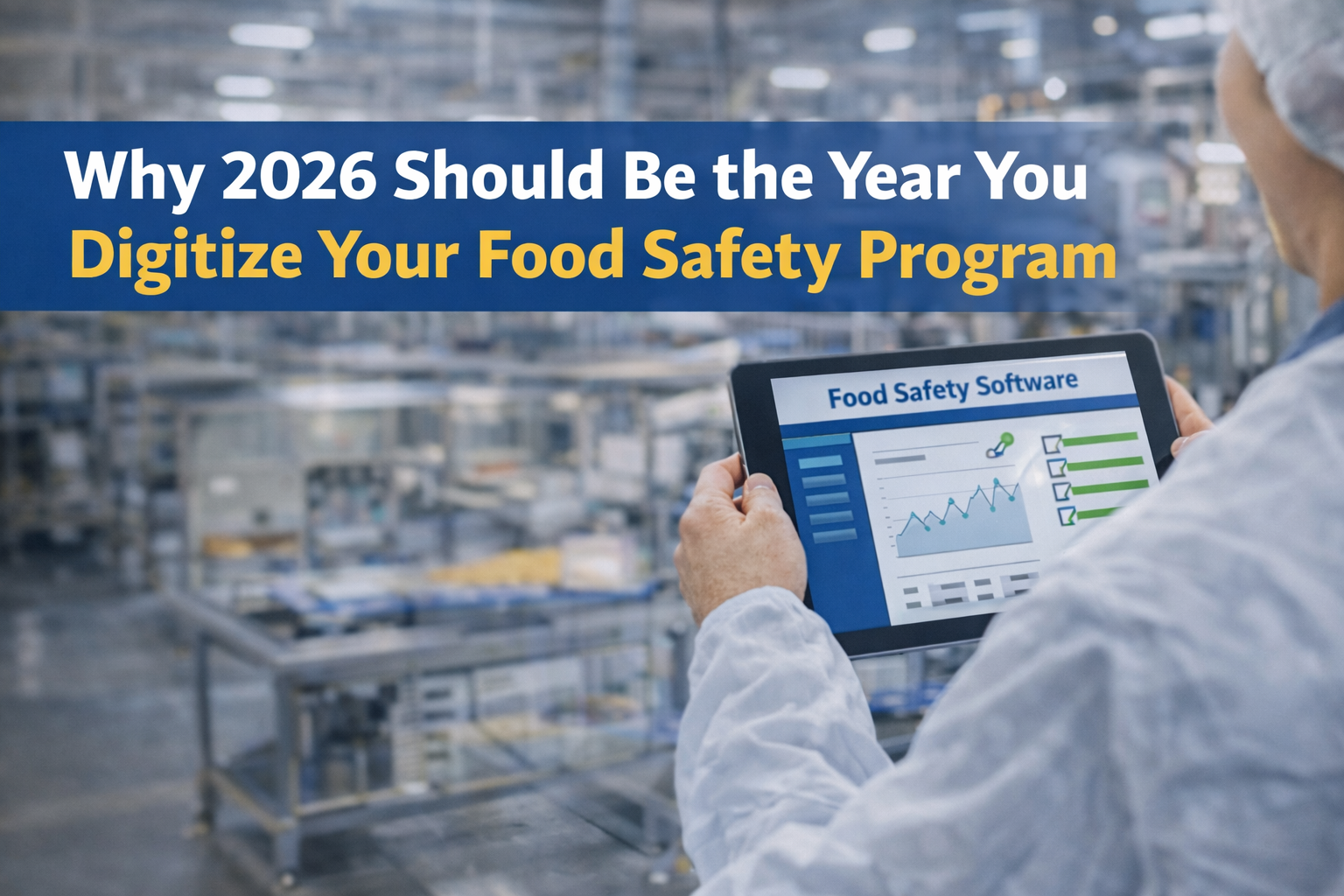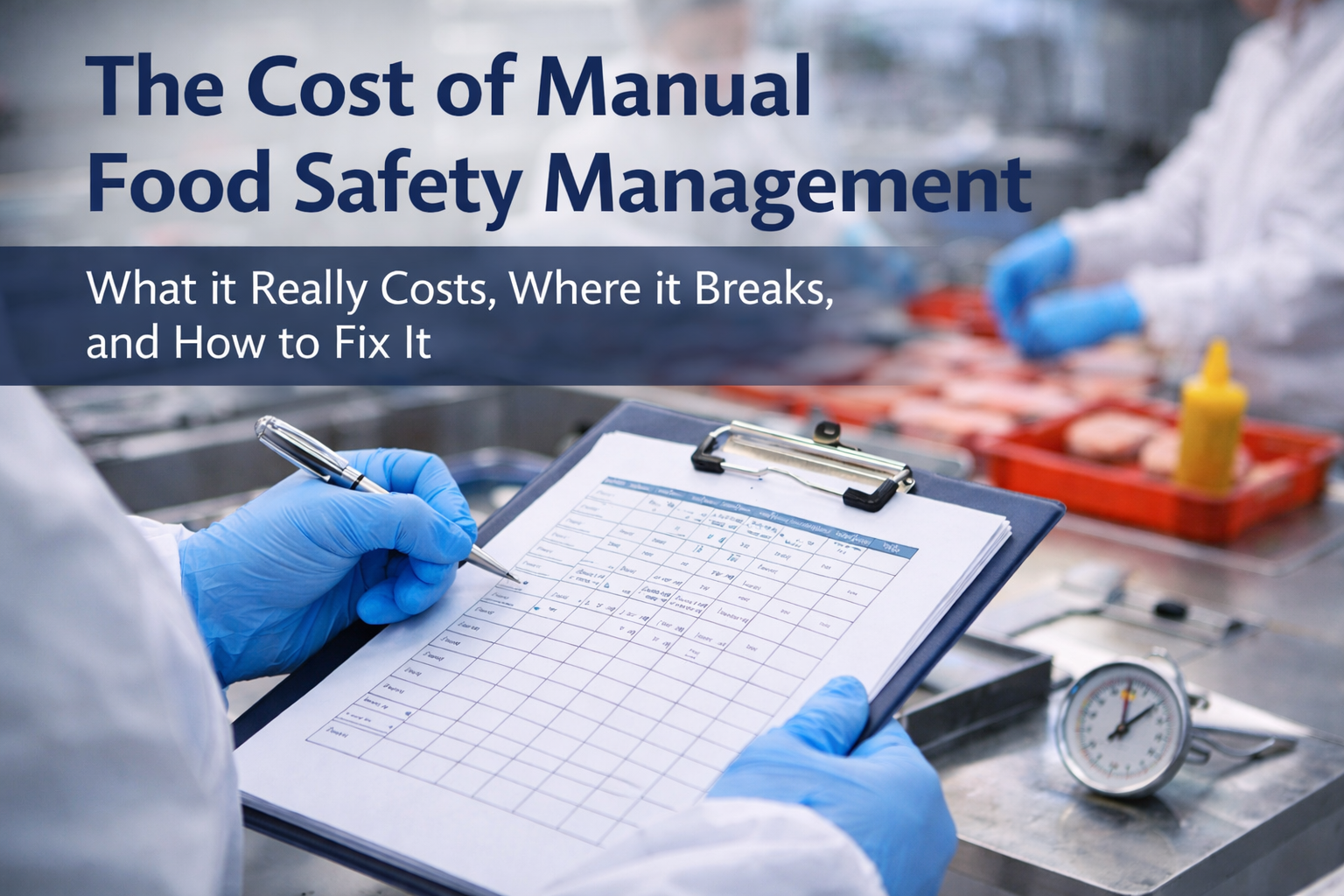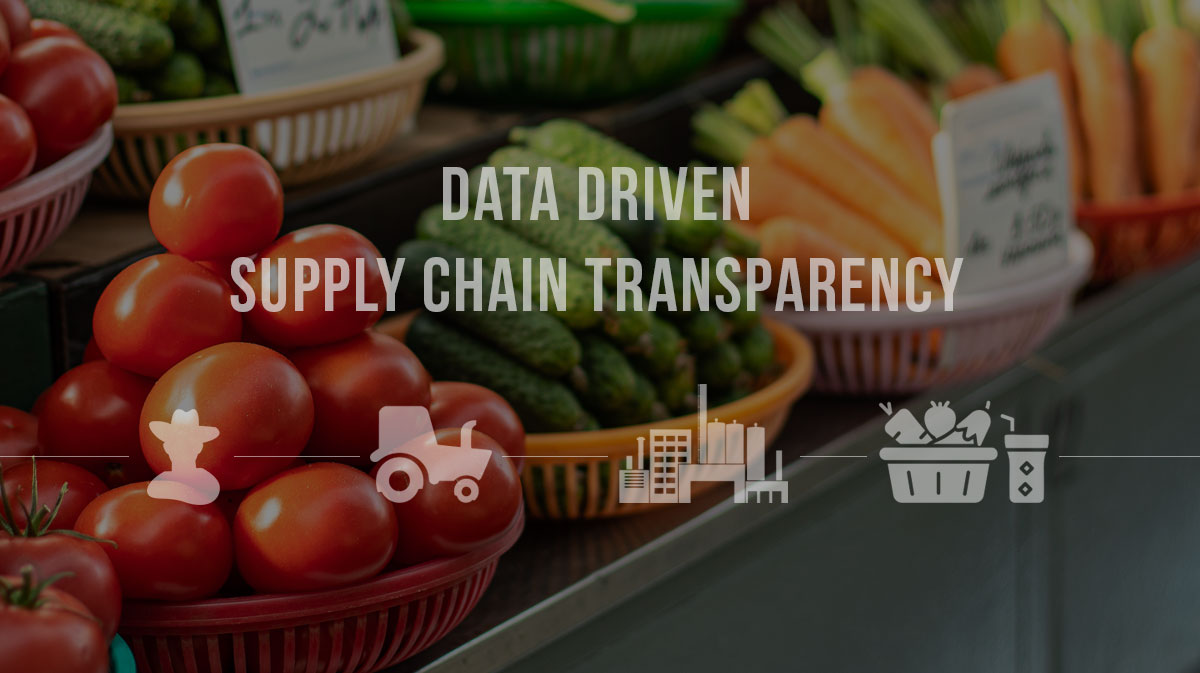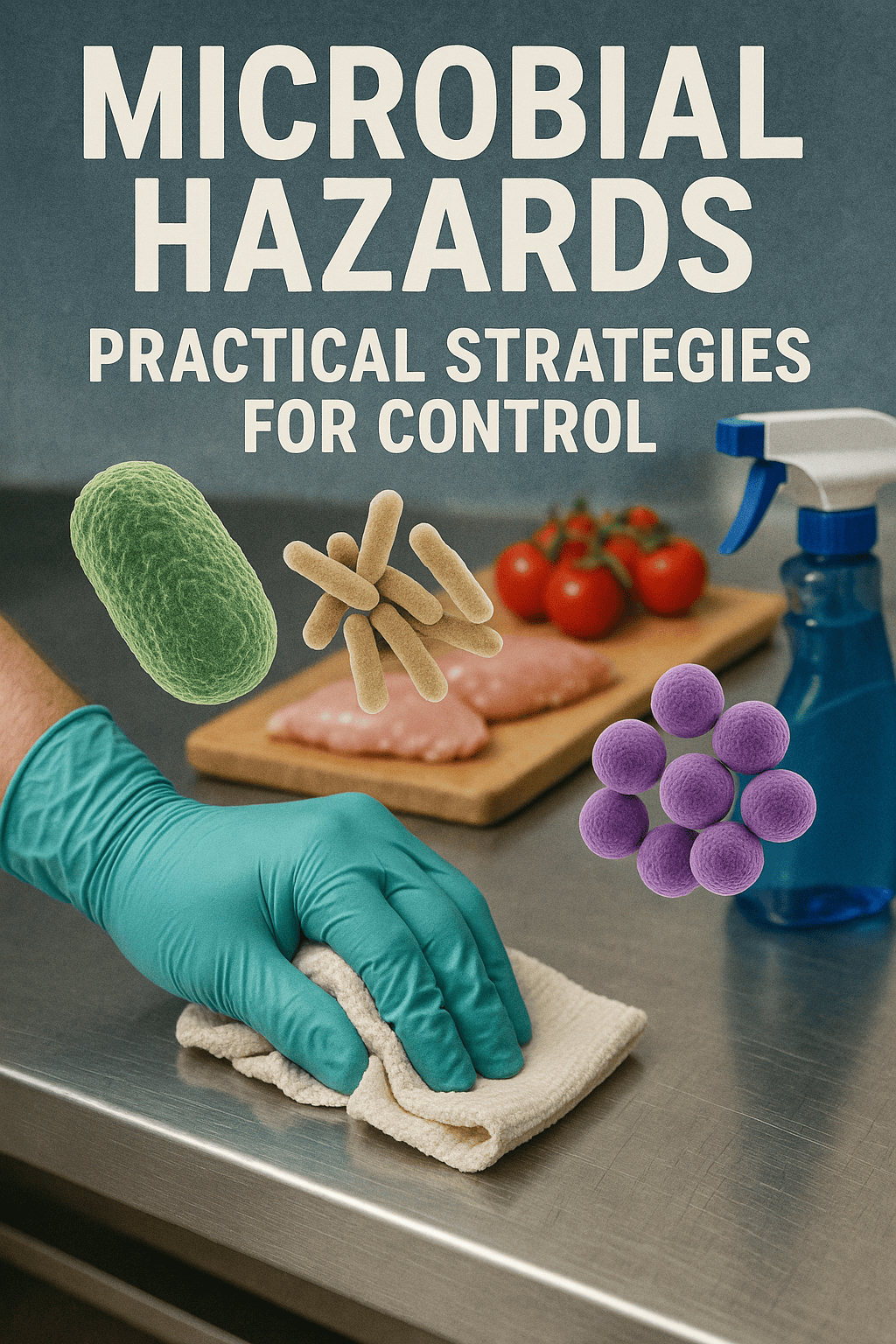In the fast-paced and ever-evolving realm of food safety, the importance of reflection and continuous improvement cannot be overstated. For food safety professionals and executives in the food processing industry, understanding and effectively implementing management review is crucial. This comprehensive guide delves into how management review can significantly transform food safety culture, offering a detailed step-by-step approach and real-world examples.
Understanding the Role of Management Review in Food Safety
What is Management Review?
Management review is a systematic process where top management periodically assesses the food safety management system (FSMS) to ensure its continuing suitability, adequacy, and effectiveness. This process aligns the FSMS with the strategic direction of the organization. Far from being a mere compliance exercise, management review is a strategic tool that fosters continuous improvement and cultural transformation.
The Impact on Food Safety Culture
A robust food safety culture is essential for the success of any food business. It reflects the collective values, practices, and behaviors directed towards ensuring food safety. Management review serves as a critical tool for reflecting on the current state of this culture, highlighting successes and identifying areas for improvement.
The Step-by-Step Approach to Effective Management Review
Step 1: Preparation and Planning
Gathering Relevant Data
Prior to the review, collect all pertinent data such as internal audit results, customer feedback, process performance data, and previous management review records.
Setting the Agenda
Define clear objectives for the review meeting. Identify specific areas of the FSMS that require attention and any new regulatory changes to consider.
Step 2: Conducting the Review
Review of FSMS Elements
Examine each element of the FSMS for its effectiveness and compliance with internal and external standards.
Performance Analysis
Evaluate key performance indicators, like incident rates, audit outcomes, and customer complaints, to identify trends and patterns.
Step 3: Identifying Opportunities for Improvement
Brainstorming Solutions
Foster an environment for open discussion on potential improvements. Explore new technologies or practices that could be adopted.
Prioritizing Actions
Determine which improvements should be implemented first based on impact, feasibility, and available resources.
Step 4: Implementation and Follow-up
Assigning Responsibilities
Ensure that specific individuals or teams are responsible for the implementation of agreed-upon actions.
Setting Deadlines and Review Dates
Establish realistic deadlines for implementation and schedule subsequent reviews to monitor progress.
Examples in Practice
1. Implementing Food Safety Software
A medium-sized food processor integrated food safety software into their FSMS. During their management review, they noted a reduction in documentation errors and faster response times to food safety incidents, aided by the data analytics provided by the software.
2. Enhancing Food Traceability
A fresh produce supplier introduced food traceability software into their system. The management review highlighted faster product identification during recalls, reducing risk and increasing customer trust.
3. Revamping Employee Training
A bakery realized through their management review that, despite having robust processes, there were gaps in employee understanding. They overhauled their training program, leading to better compliance and a strengthened food safety culture.
The Transformational Power of Reflective Practice
Management review transcends compliance, serving as a reflective practice that enables organizations to evaluate, strategize, and improve. By regularly reviewing their FSMS, organizations can cultivate a proactive approach to food safety, embedding a culture of continuous improvement.
Key Takeaways:
- Regular management reviews are essential for maintaining and enhancing food safety standards.
- Reflective practice through management review can significantly transform an organization's food safety culture.
- The process involves thorough preparation, evaluation, identification of improvements, and implementation of actions.
The path to food safety excellence is a continual journey, with reflection being a key component. For those interested in exploring how technology can facilitate this journey, particularly through food safety software, a demonstration with NORMEX can be enlightening. Experience how the right tools can streamline your FSMS and elevate your food safety culture.
To book a demo and see these tools in action, visit [NORMEX's demo page] (https://normex.ca/demo). Embrace the journey towards excellence in food safety, where reflection and action go hand in hand.

